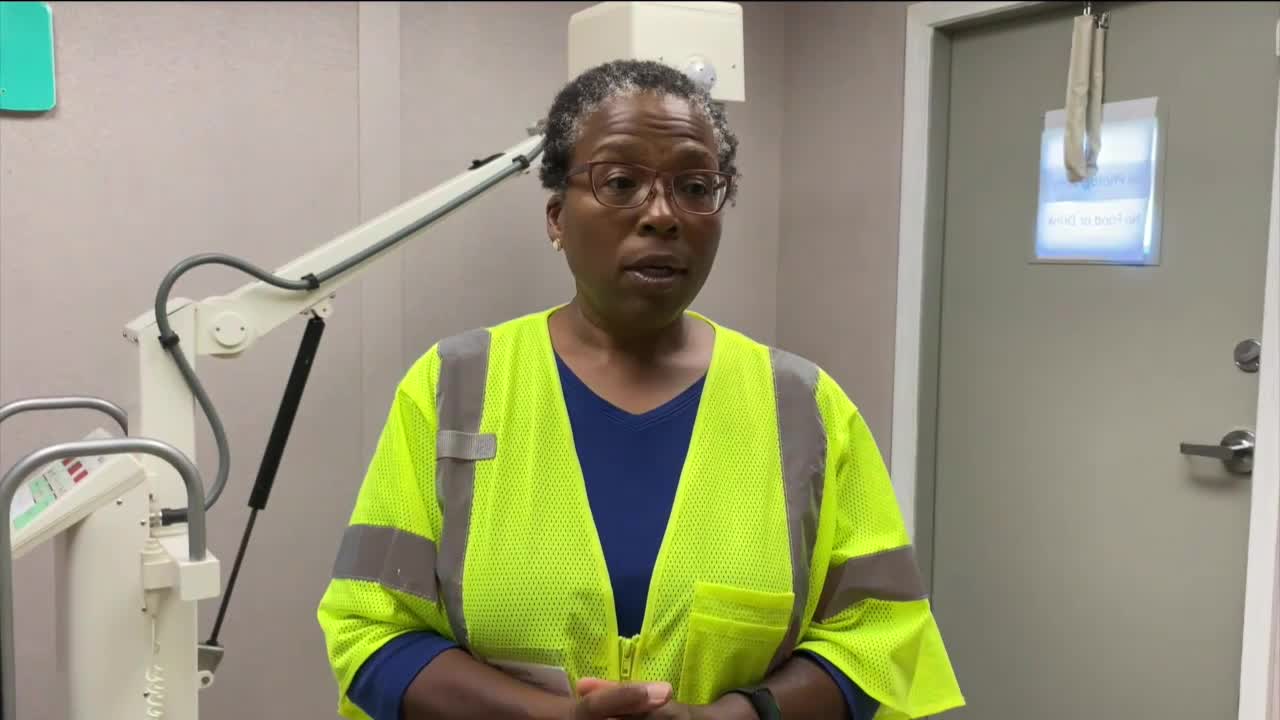Uncovering history in Tulsa Race Massacre investigation
June 17, 2024 | Human Rights Commission Meetings, Tulsa, Tulsa County, Oklahoma

This article was created by AI summarizing key points discussed. AI makes mistakes, so for full details and context, please refer to the video of the full meeting. Please report any errors so we can fix them. Report an error »

In a recent government meeting, officials provided an update on the ongoing investigation into the Tulsa Race Massacre, focusing on the meticulous process of analyzing skeletal remains and artifacts recovered from the Oak Lawn excavation site. The team, which includes analysts and graduate students, is utilizing advanced techniques such as X-ray imaging to expedite the identification of burial features and associated artifacts, including buttons, nails, and funerary hardware.
Each set of remains is carefully processed on individual tables to prevent mingling, allowing for a thorough examination of skeletal elements. Analysts are looking for indicators of sex, age, and any signs of past injuries or conditions, such as arthritis. The investigation also involves a microscopy station for data processing and specimen photography, ensuring that both digital and paper records are meticulously organized and verified.
The meeting also highlighted the Destination District Program, an initiative aimed at enhancing the vibrancy and stability of various districts in Tulsa. This program seeks to create self-sustaining areas that can thrive for years, benefiting both residents and visitors.
For those interested in following the investigation's progress, resources, including historical documents and updates, are available on the City of Tulsa's dedicated website. The meeting underscored the city's commitment to preserving history while fostering community development.
Each set of remains is carefully processed on individual tables to prevent mingling, allowing for a thorough examination of skeletal elements. Analysts are looking for indicators of sex, age, and any signs of past injuries or conditions, such as arthritis. The investigation also involves a microscopy station for data processing and specimen photography, ensuring that both digital and paper records are meticulously organized and verified.
The meeting also highlighted the Destination District Program, an initiative aimed at enhancing the vibrancy and stability of various districts in Tulsa. This program seeks to create self-sustaining areas that can thrive for years, benefiting both residents and visitors.
For those interested in following the investigation's progress, resources, including historical documents and updates, are available on the City of Tulsa's dedicated website. The meeting underscored the city's commitment to preserving history while fostering community development.
View full meeting
This article is based on a recent meeting—watch the full video and explore the complete transcript for deeper insights into the discussion.
View full meeting
